| "The mythic reveals itself When we wait and watch" These two lines are the final words of Macha's Twins, by Kate Fitzpatrick, a book that is hard to categorize as one thing or another. Part autobiography, a mixture of prose and poetry, a recounting of mystical experiences, I'm glad I read it and yet I'm left wondering what exactly it was that I read. My feelings about this book are incredibly mixed, so all I can do here is try to describe it and leave the reader to decide whether it might be for them. |
Trusting the author is important in a book like Macha's Twins because the content is so subjective. Much of the narrative tells of the mystical visions, mostly of Macha, that Fitzpatrick had over a period of years from the early 1990s until 2015. I am always open to things like this. Open to the possibility of the gods and spirits speaking to us. Being open minded also means being open to the possibility that these things are not always genuine, even when we think they are. Making sense of one's own mystical visions and spiritual revelations is challenging enough. Making sense of another person's gnosis is even trickier. Rational thought helps, but so does feel. My feeling here is that the author was keeping something about herself hidden, not in a self-effacing way, or an "I'm a private person" way, but rather that she was being a bit coy about certain aspects of her life. Uncomfortable in her own skin? Afraid of being laughed at? Maybe it's nothing. It bothered me.
The overall theme of the book is that Macha encourages the author to tell Her story, to become involved in work to help heal the land, the people, the old wounds, and especially the women, of Northern Ireland, both from Macha's mythic curse on the men of Ulster, and from the more recent troubles of the 20th century. I found Fitzpatrick's description of her first vision of Macha electrifying. Many other things also ring true, such as this early description of Macha: "Macha was, and still is, The Horse Goddess because her female spirit was akin to that of an unbroken horse. Wild, free and strong. She could run fast and never become prey to the dominant male power of the day."
Other things in the book ring true for me because I have experienced them. Twice the author talks about horses moving in patterns, and this having a kind of mystical aspect. Once she is describing movements required during a conventional riding lesson, the other time she is describing a vision of riders of the Tuatha De Danann. From my years in Parelli Natural Horesemanship, I know how circles, figures of eight and cloverleaf patterns can become like a ceremony, or a form of meditation for both horse and human. I had long put that knowledge aside, because I also know that just that type of work is frequently unpleasant for horses, even unintentionally abusive. However, it's interesting to see someone else noticing the same thing.
Another recurring experience that I've had, but never heard anyone else describe, is seeing people and events from an earlier time somehow overlaid on an event I'm part of. This goes beyond the realms of a vivid imagination, into some kind of momentary clairvoyance. "I look over at the women of the Centre and see them as queens of Navan Fort. ... I watch the men of the staff team standing and greeting people in various corners of the space. They glow with the quiet dignity of ancient royal hosts. In their confidence, humour and generous welcome to the folk arriving. they are like princes of the Tuatha De Danann." Yes. I've had that sense, just a few times, of people from an earlier time coming to lend their spirits, almost in a sense of overlaying another time, a similar event, similar people or ancestors, to something that is happening in the present.
There is much more in this book that rings true for me, as well as some beautiful descriptions of nature. What I've received from this book, however, could have easily been presented in a much shorter work. I found the author's relentless use of the historical present tense throughout the book to be pretentious and irritating. Nor can I understand why some of the sections presented as poetry weren't presented as prose. I got tired of hearing what people were wearing. There were too many descriptions of Shamanic work, spiritual workshops, and so on, which were too vague to be helpful. So okay, this will never stand up as a piece of literature in my eyes. It felt too long in places, but the good parts were very good.
This book contains some beautiful and inspiring passages. Descriptions of visions of Macha, and of the Tuatha De Danann, that not many would be brave enough to publish, and other visions and knowings that made sticking with this book worth the effort. "The gallop of other horses is thundering on the earth over miles and miles of journey. You can hear the endless prayer of the old women who sit in forests over fires. Old women have been waiting for a spark to hit the soul of men. ... Waiting for the lakes and wells and rivers that have held the tears of women, men and children to be emptied of grief and refilled with the sparkling fresh hope of a new dawn. Old women are waiting for all this as they spit their chewed-up rage and impotence into the fires." There are a number of passages that are deeply touching and ring so very true in this book. I'm glad I made a note of some of my favourites, so that I can return to them in future.
| My own relationship with Macha has been nothing more than a tentative telling of Her myth at a few gatherings. She's been at my door, and this book has set me on the road to deepening that relationship. Sometimes, the messenger in these things is not so important as the message itself. In spite of my doubts about this book, I certainly feel that my sense of Macha has been greatly increased by reading it. I'm left wanting to parse through all these new impressions, along with re-reading the original myth, so I can ask myself what I feel now. What I know now. Macha's Twins by Kate Fitzpatrick was published by Immram Publishing, Inishowen, Donegal in 2017 It's available from Amazon and other booksellers. |
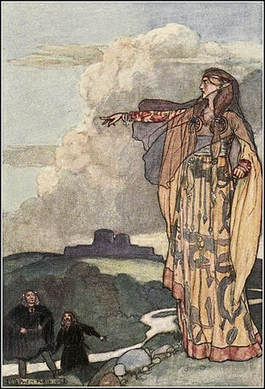
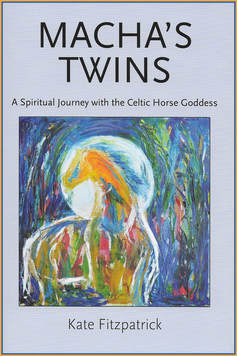

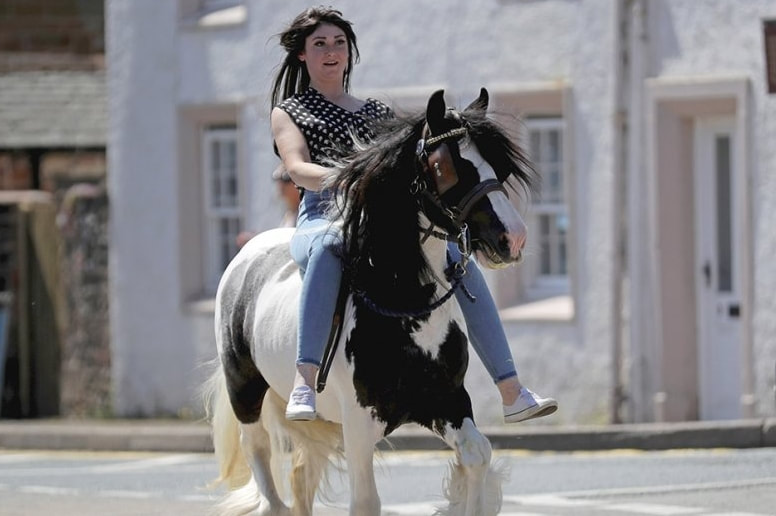
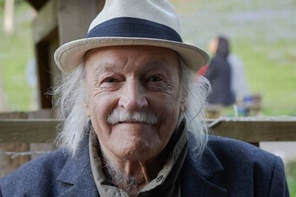
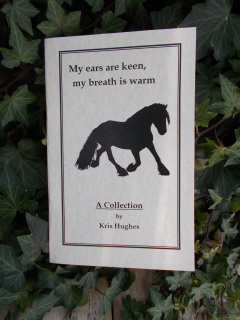

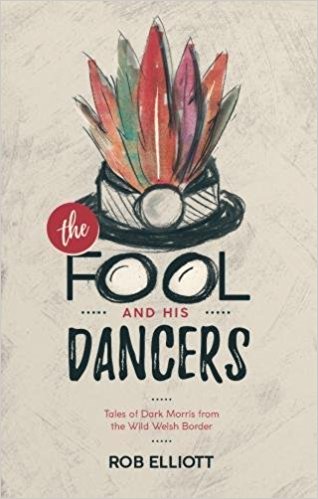
 RSS Feed
RSS Feed




